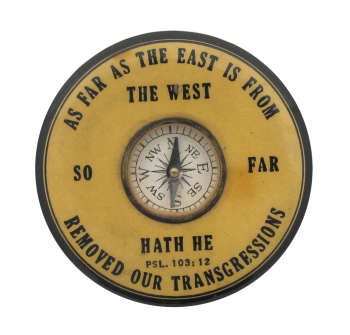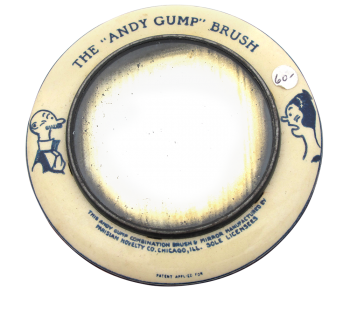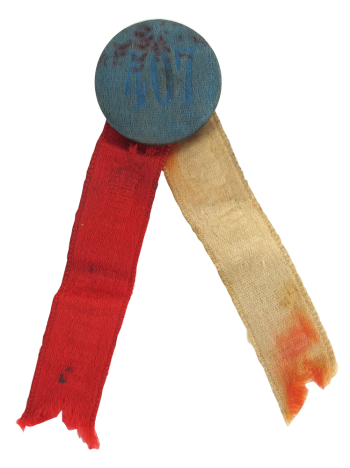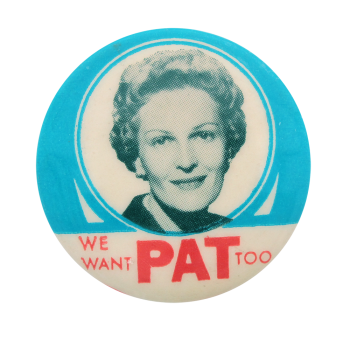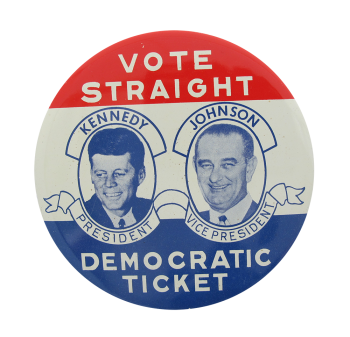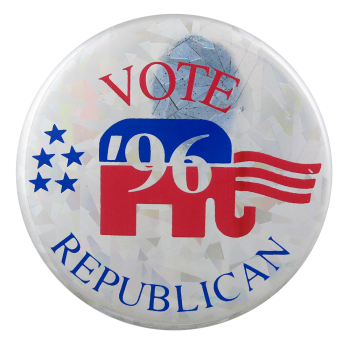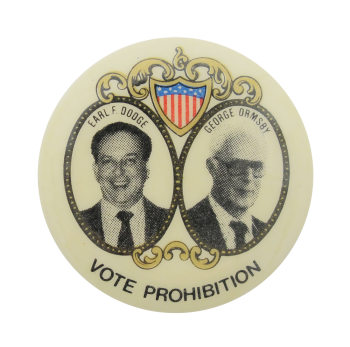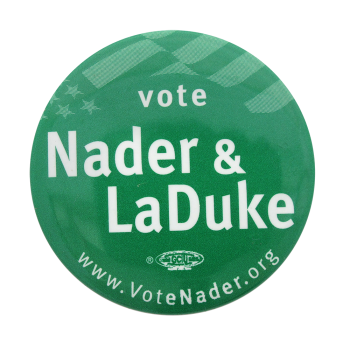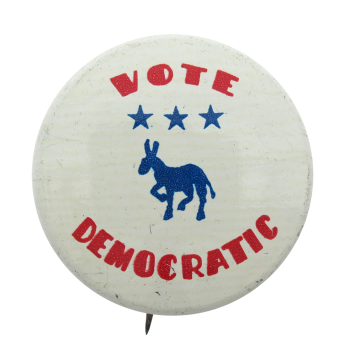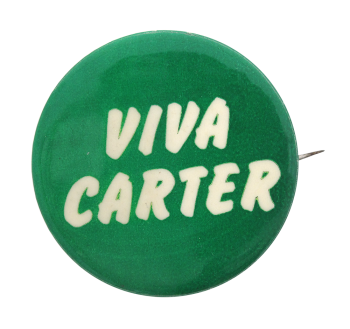Bosniabob2000 Best Buys. (2025). York, PA Patriotic Order Sons of America P.O.S. of A. Washington camp ribbon [eBay listing]. eBay. https://ebay.us/m/LvGZy3
Drunen, H. V. (2025). Patriotic Order Sons of America. Stichting Argus. https://www.stichtingargus.nl/vrijmetselarij/frame_en.html
Drunen, H. V. (n.d.-a). Patriotic Order Sons of America: Initiation ritual. Stichting Argus. https://www.stichtingargus.nl/vrijmetselarij/r/posa_r1948.html
Drunen, H. V. (n.d.-b). Patriotic Order Sons of America: Ritual for the blue degree. Stichting Argus. https://www.stichtingargus.nl/vrijmetselarij/posa_r3.html
Kale, S. (2024, March 5). Edit update: I added the information in the comments from The Patriotic Order Sons of America.. [Facebook post]. Facebook. https://www.facebook.com/groups/117197648377902/posts/7039801232784141/
McGowan, D. P. (n.d.). History of ‘The Order’. Patriotic Order Sons of America. http://www.nationalposofa.org/History.html
New York Times. (1939). Herman A. Miller; Long an Official of the Patriotic Order Sons of America. NY Times. https://www.nytimes.com/1939/07/24/archives/herman-a-miller-long-an-official-of-the-patriotic-order-sons-of.html?smid=url-share
Patriotic Order Sons of America. (1896). Proceedings of the thirty-first annual session of the State Camp of Pennsylvania, P.O.S. of A. : held at Altoona, Aug. 25 and 26th 1896, forty -ninth year of the Order. Philadelphia: Camp News Office. https://archive.org/details/proceedingsofthi00patr/mode/2up?q=%22herman+a.+miller%22
President Washington Camp No. 4. (1875). A political organization: Patriotic Order of Sons of America – Principles of the organization. The New York Times. https://timesmachine.nytimes.com/timesmachine/1875/12/16/79964042.pdf
Showers Ephemera. (n.d.). 1924 Patriotic Order Sons of America 29th annual camp MD Master of Forms badge [eBay listing]. eBay. https://ebay.us/m/nAHeE9
Stager, H. J. (1911). History of the Centennial and memorial association of Valley Forge. Old State House Philadelphia. https://archive.org/details/historyofcentenn00stag/page/220/mode/2up?q=%22master+of+forms%22

